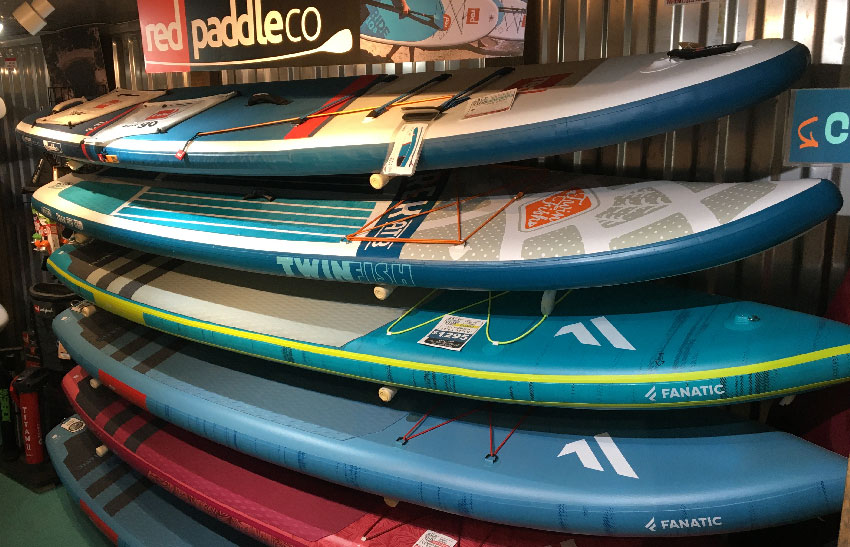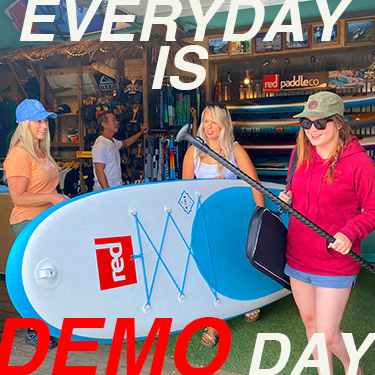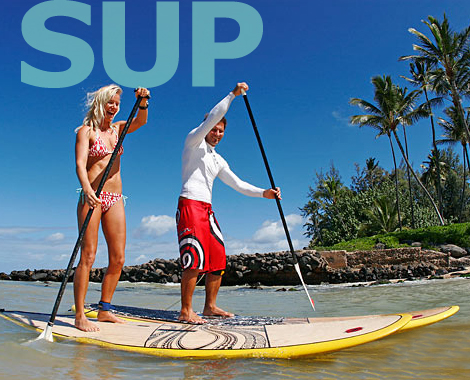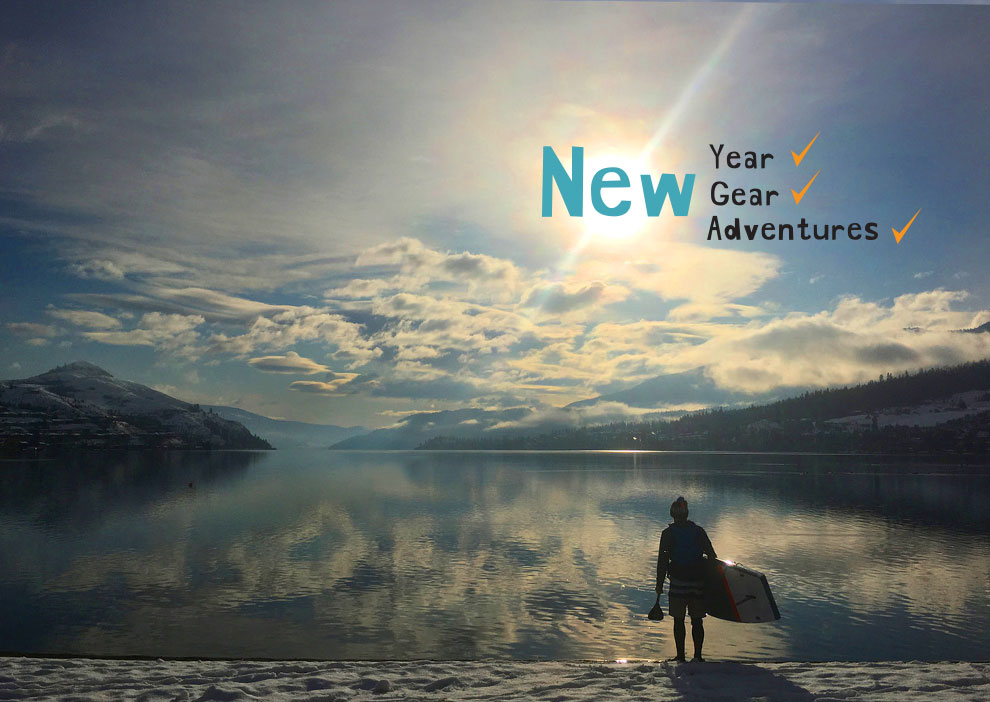Types of Paddling
If you think that flatwater paddling is the only option? We’re here to show you that SUP is one of the most diverse sports in the water world. The roots of standup paddle (paddlesurfing) come from Hawaii where instructors used classic oversized longboards to manage their surf lessons.
Once the sport moved inward from the coastal regions, a whole new world opened up. Here’s a look at the different types of paddling:
SURFING:
Shorter boards are for lighter paddlers and/or advanced surfers while the longer boards are designed to hold more weight, are easier to surf on, and more buoyant for flatwater paddling.
DOWNWIND RUNS:
You put in at one location and with the wind at your back, you paddle ‘down-wind’. Something you have experience in Hawaii or the Gorge in Oregon and is now becoming popular on lakes where the winds blow. A longer displacement board (12’6, 14′) with some nose rocker is best.
RIVER RUNS:
Pick a slow moving section on the Shuswap River or mix it up with Class II & III levels of rapids and whitewater. Faster moving water does require some confidence and more emphasis on safety but the rewards are well worth it.
TOURING / EXPEDITIONS:
With a longer, more stable displacement board, you can leave the shore and explore places that you can only get to by your board. Norm Hann has been guiding trips to the Great Bear Rainforest and in Belize for several years. The possibilities are endless! A longer board that can handle some extra weight for gear is ideal.
RACING:
The racing side of the sport has exploded across the globe and Canada is home to a vibrant competitive and recreational scene – for both adults and youth. Vernon hosted the first ever Canadian Championships in 2013 and the BC SUP CUP is now the premiere series in Western Canada. Our annual Kalamalka Classic, held near the end of Summer, has become Canada’s largest SUP Festival and is a great chance to celebrate the end of summer holidays.





